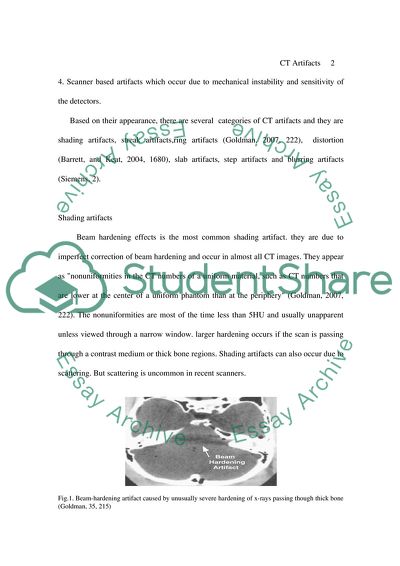Cite this document
(Artifacts Produced on the Images During CT Imaging Term Paper, n.d.)
Artifacts Produced on the Images During CT Imaging Term Paper. Retrieved from https://studentshare.org/health-sciences-medicine/1569091-1-identify-the-artifacts-produced-on-the-images-during-ct-scans-describe-the
Artifacts Produced on the Images During CT Imaging Term Paper. Retrieved from https://studentshare.org/health-sciences-medicine/1569091-1-identify-the-artifacts-produced-on-the-images-during-ct-scans-describe-the
(Artifacts Produced on the Images During CT Imaging Term Paper)
Artifacts Produced on the Images During CT Imaging Term Paper. https://studentshare.org/health-sciences-medicine/1569091-1-identify-the-artifacts-produced-on-the-images-during-ct-scans-describe-the.
Artifacts Produced on the Images During CT Imaging Term Paper. https://studentshare.org/health-sciences-medicine/1569091-1-identify-the-artifacts-produced-on-the-images-during-ct-scans-describe-the.
“Artifacts Produced on the Images During CT Imaging Term Paper”, n.d. https://studentshare.org/health-sciences-medicine/1569091-1-identify-the-artifacts-produced-on-the-images-during-ct-scans-describe-the.


